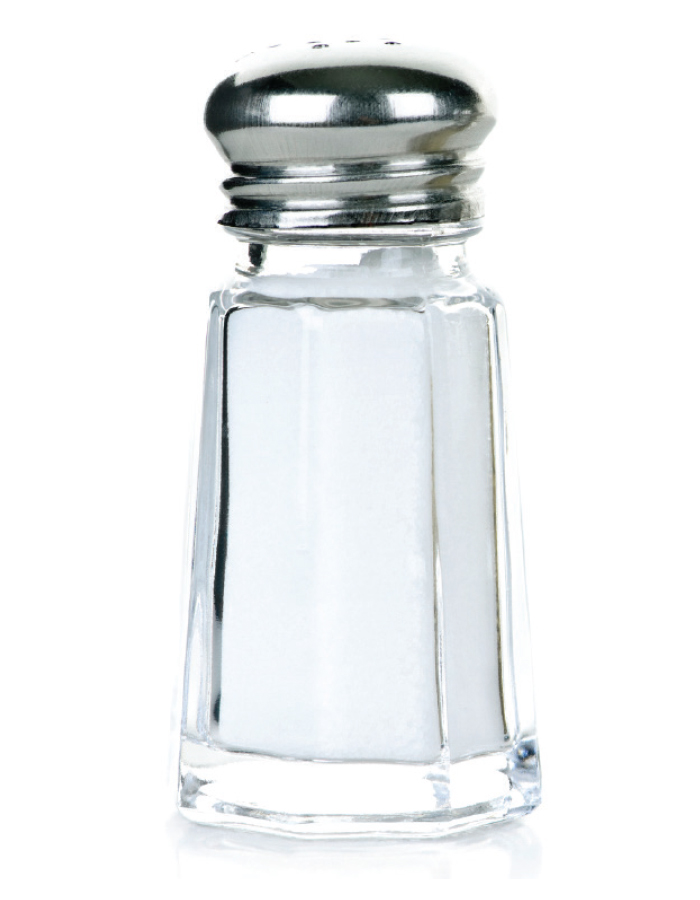
_Yury Gogotsi
Gogotsi is the Distinguished University and Bach professor in the College of Engineering and director of the A.J. Drexel Nanomaterials Institute.

_Xu Xiao
Xiao is a postdoctoral researcher in the A.J. Drexel Nanomaterials Institute.
Making energy-storage materials is a little like baking. It requires just the right mix of ingredients prepared in a specific way — at just the right temperature — to produce a thin, two-dimensional sheet of material with the perfect chemical consistency to be useful. And, researchers have found, it’s best to add salt.
A team of scientists from Drexel (among them Yury Gogotsi, the Distinguished University and Charles T. and Ruth M. Bach Professor in the College of Engineering and director of the A.J. Drexel Nanomaterials Institute; and Xu Xiao, a postdoctoral researcher in the institute), Huazhong University of Science and Technology and Tsinghua University have discovered they can make the resulting materials bigger and better at soaking up energy by using salt crystals as a template to grow thin sheets of electrochemically active metal oxides. The team found that the salt helps create flakes of two-dimensional materials that are 50,000 times thinner than a human hair, but are large in lateral dimensions — and thus more suitable for gathering ions and storing energy.
Crystal_CLear
Table salt is a key ingredient in making better materials for energy storage.
In an energy-storage device energy is stored via adsorption or the chemical transfer of ions from an electrolyte solution to thin layers of conductive materials. As these devices evolve they’re becoming smaller and can hold an electric charge for longer periods. The reason for their improvement is that researchers are fabricating materials that are better equipped, structurally and chemically, for faster transport of ions and electrons.
In theory, the best materials should be thin sheets of metal oxides, because their chemical structure and high surface area make it easy for ions to attach — which is how energy storage occurs. But the metal oxide sheets that have been fabricated in labs thus far have fallen short.
Using salt crystals as a substrate lets the ingredients spread out and form a larger sheet of oxide material. Think of it like making a waffle by dripping batter into a pan versus pouring it into a big waffle iron; the key to getting a big, sturdy product is getting the solution — be it batter or a chemical compound — to spread evenly over the template and stabilize in a uniform thin sheet.
